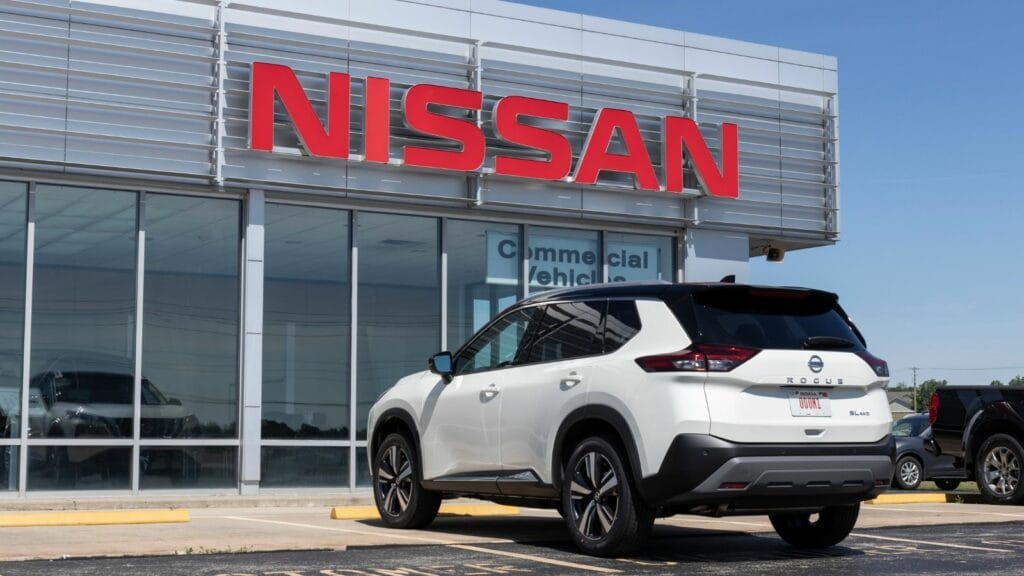Whether it’s a legacy nameplate or a crowd-pleasing crossover, sticker prices across Canadian lots are jumping. This isn’t a random trend. From exchange rate woes and shipping delays to quiet trims and hidden upcharges, it’s all adding up. Let’s break down 21 brands that Canadians have long relied on, yet are quietly turning up the price dial across their showrooms.
Toyota: Reliable, But Rising
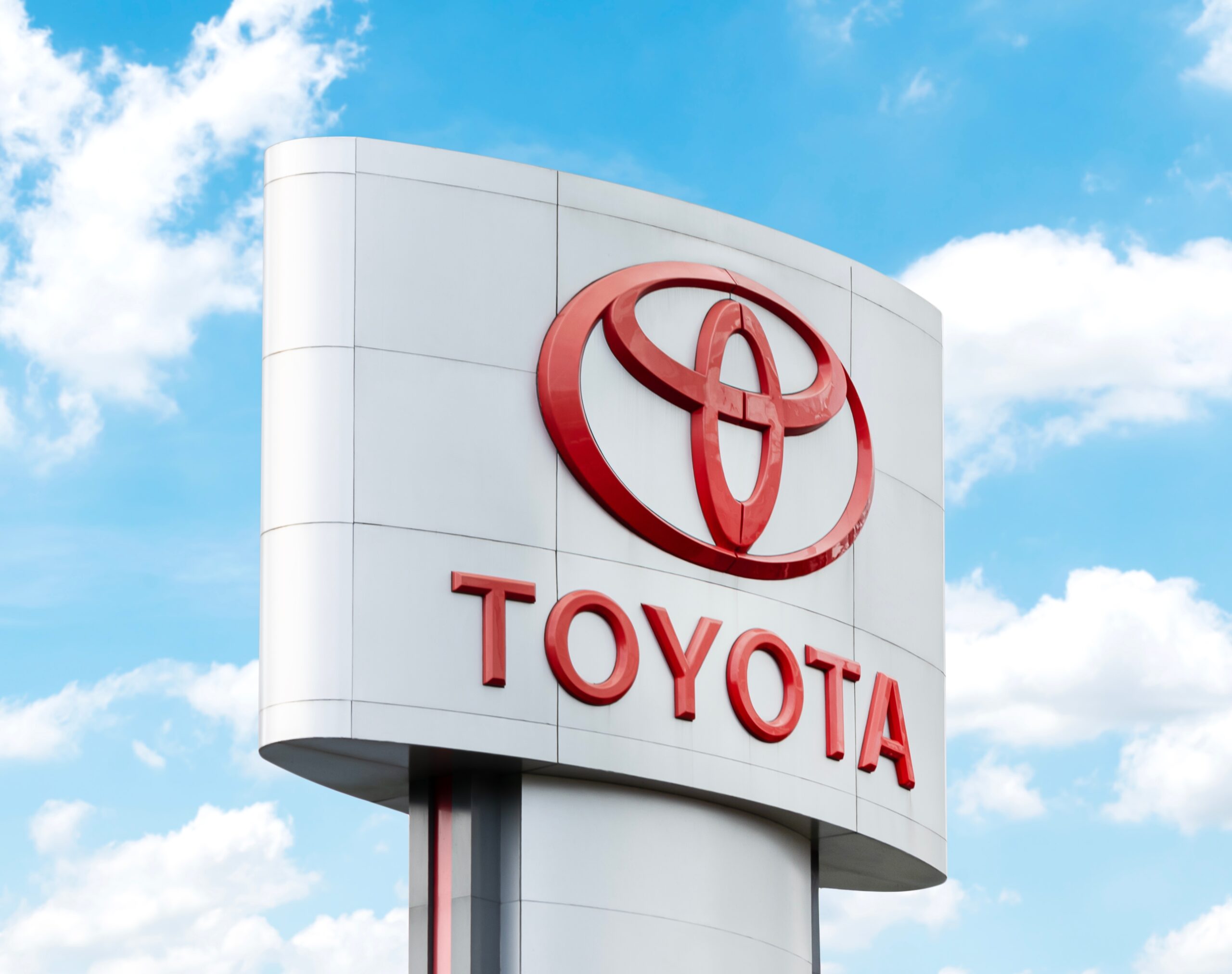
Toyota has quietly increased vehicle prices across Canadian lots, reinforcing its reputation for reliability while stretching buyer budgets. In mid-2025, average price hikes of around C$270 for its core models—and Lexus upticks of C$208—have been implemented across North America. In Canada, in particular, looming tariffs on U.S. and Mexican imports threaten to add as much as C$6,000 to new-vehicle MSRPs, further compounding these adjustments. Toyota cites rising parts costs and tight global supply chains, but also notes that fewer incentives and smaller dealer discounts are quietly contributing to the total cost increase. Even hybrid variants are affected, despite their surge in popularity.
Honda: Subtle, Strategic Price Lifts
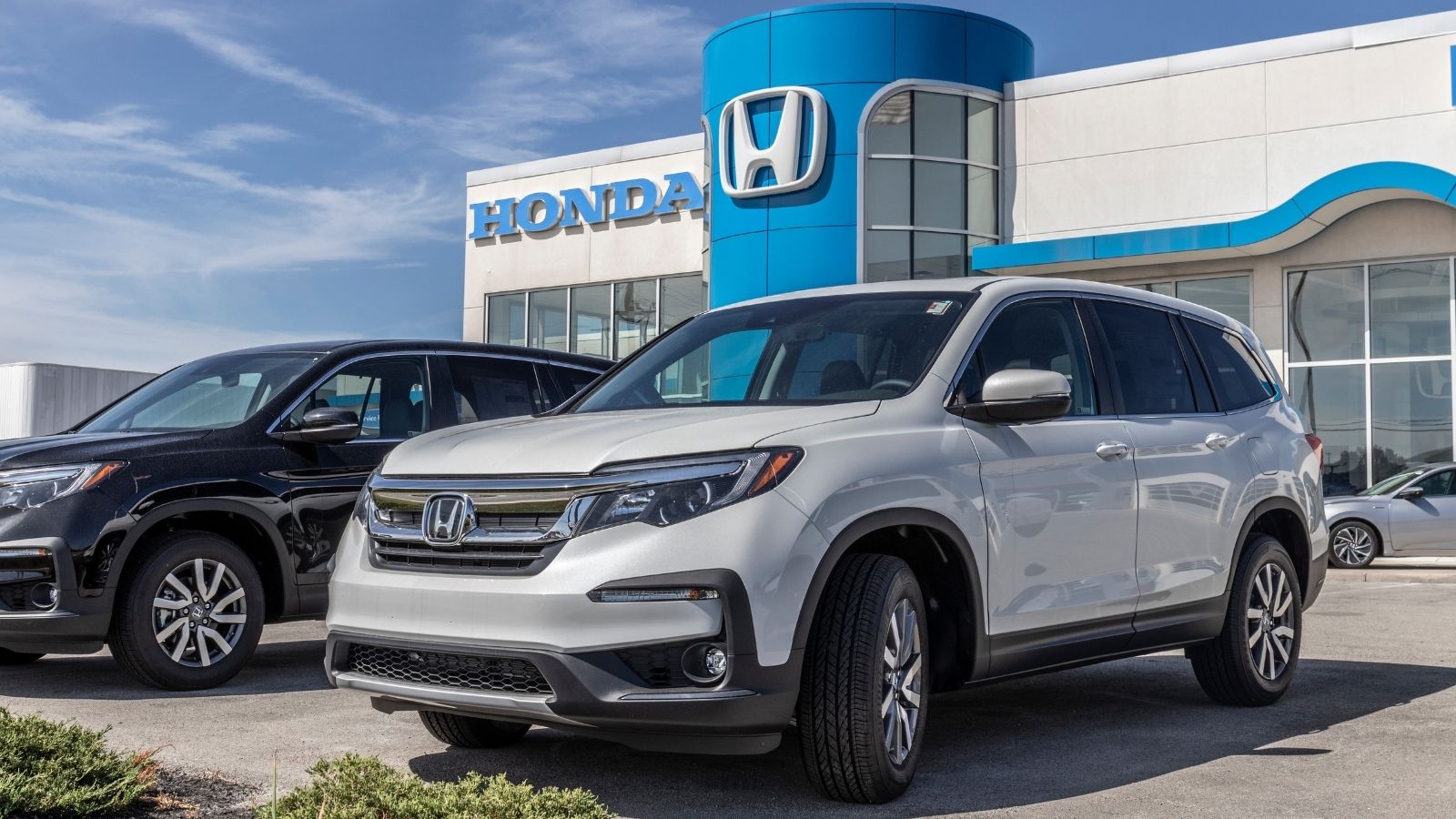
Honda is known for stealthy upgrades—and now, stealthy price hikes. While the Civic and CR-V still sit well within mainstream budgets, Canadian MSRPs are up by 5–7% compared to last year. Dealers warn that the margin reduction could shave millions from their bottom lines—one franchise group alone projects up to $2 million in lost gross revenue. Honda Canada emphasizes that this strategic recalibration supports “a sustainable shift” into electrified vehicles and maintains profitability amid challenging market dynamics. Plus, as a respected brand, Honda is relying on its reputation to absorb consumer reaction while safeguarding its long-term EV roadmap.
Subaru: Adventure Isn’t Cheap Anymore
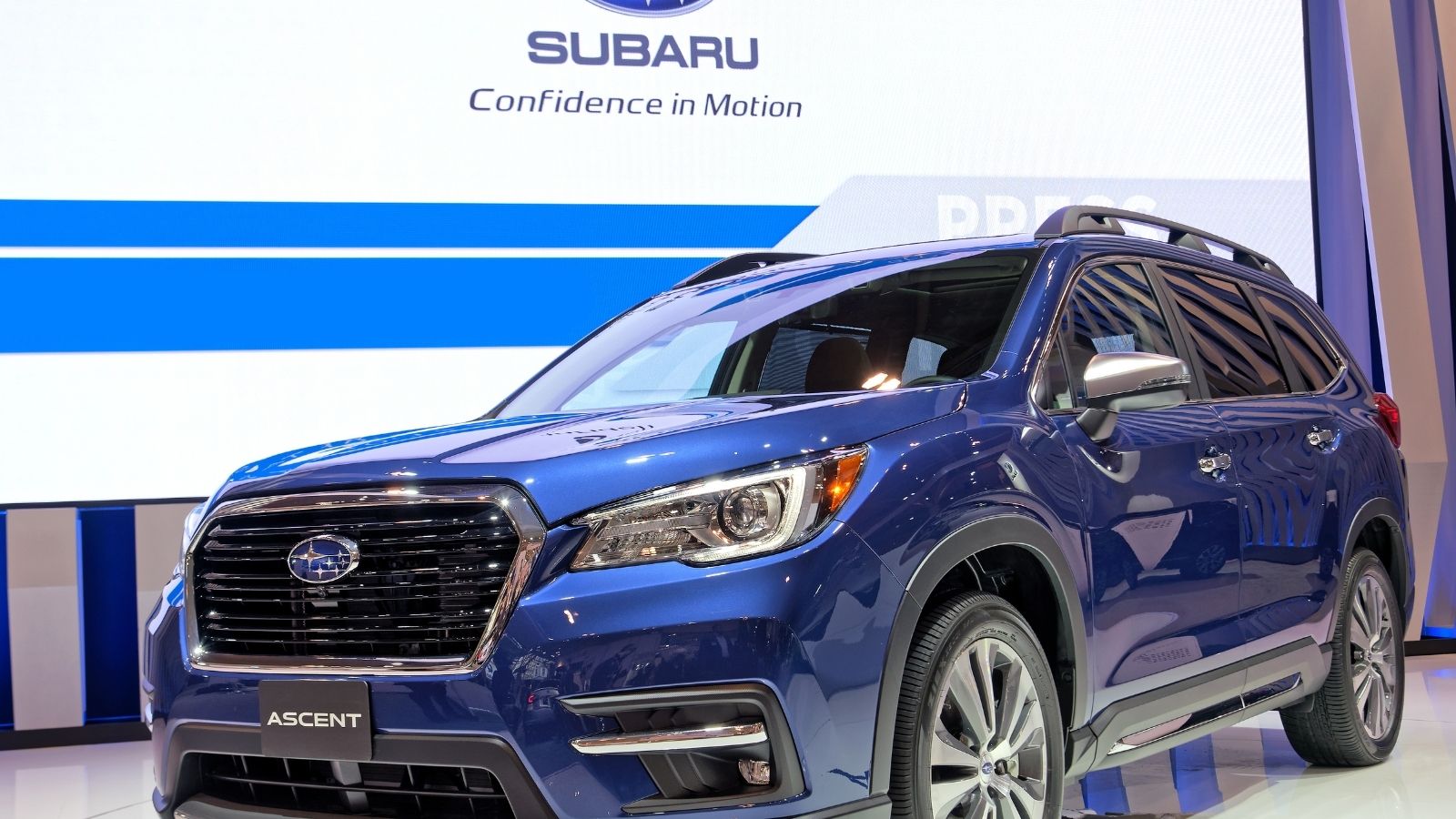
With Subaru’s outdoorsy appeal booming in Canada, prices are creeping up in tandem. The Outback and Crosstrek now cost $ 2,000 or more than they did just two years ago, with fewer low-lease options available. Increased demand and tighter inventories mean dealers don’t have to negotiate as aggressively either. Additionally, this marks one of the first major automakers in Canada to implement such mid-year price hikes—Outback buyers now effectively pay over CAD 1,700 more, reflecting a broader industry response to evolving economic factors.
Ford: A Domestic Giant Playing Global Games

Despite being a domestic powerhouse, Ford is not immune to challenges. As of May 2, Ford increased MSRPs by up to US$2,000 on select Mexico-made vehicles like the Mustang Mach‑E, Maverick, and Bronco Sport, labeling the change a “typical mid-year pricing action” blended with “some tariffs”. The move comes amid the Trump-era 25% tariffs on finished vehicles from Canada and Mexico, with Ford projecting a $2.5 billion cost hit for 2025, partially offset by $1 billion, yet still prompting sticker inflation. The strategic pricing shift also underscores Ford’s global maneuvering amid trade tensions, while maintaining its image as a trusted, domestic stalwart.
Chevrolet: More Features, More Cost
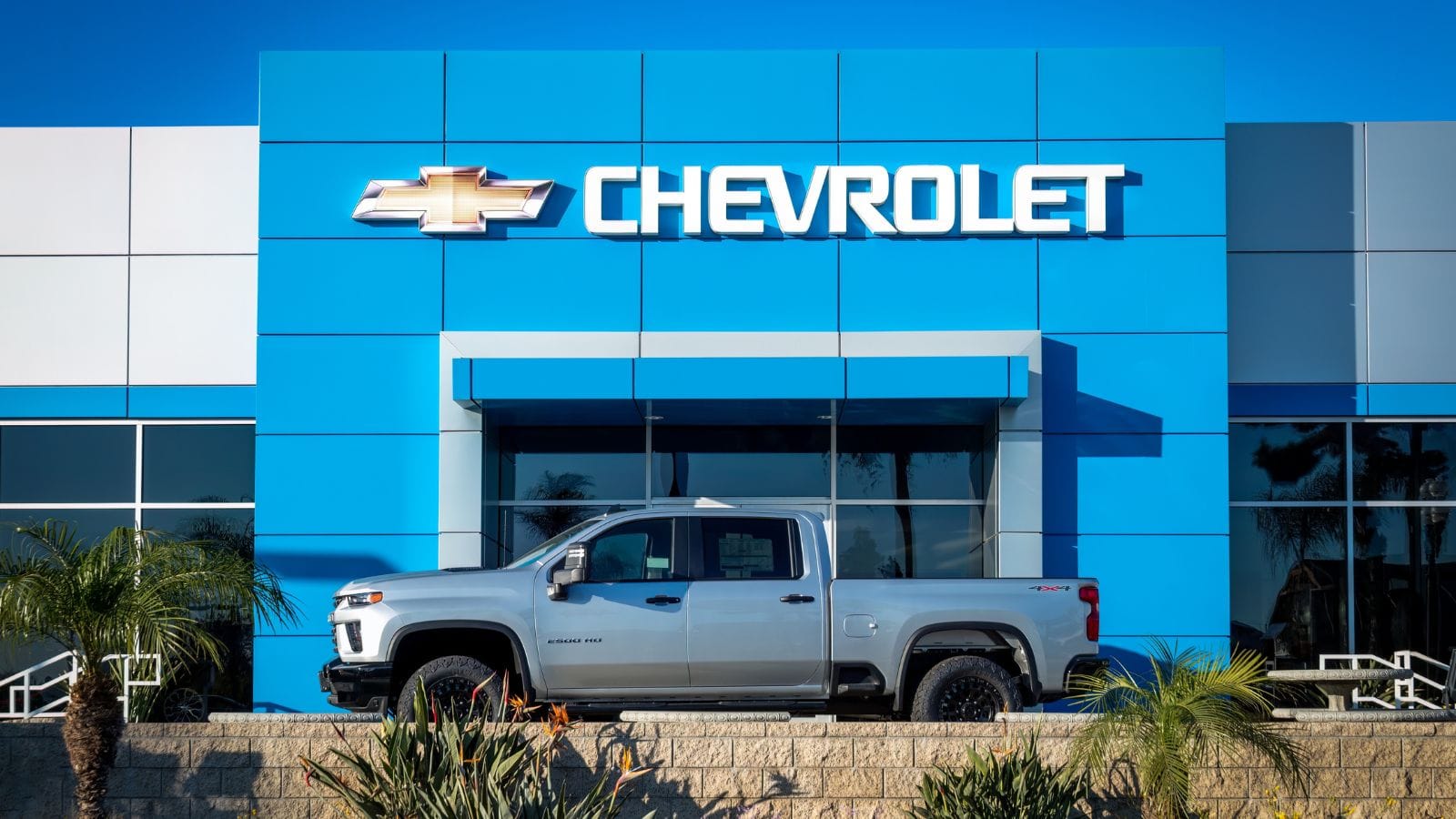
Chevy has leaned into premium features, but these come with a cost. The Equinox and Silverado now push 2025 buyers toward feature-rich trims, as base models become scarce. These increases coincide with GM grappling with tariff-related cost hikes—UBS analysts estimate that GM’s per-vehicle cost from Canada or Mexico will rise by about US$4,300, half of which is likely to be passed on to consumers. Industry-wide 25% tariffs could increase prices on North American-built models by up to 25%, pressuring automakers to pass the costs on to consumers. In some cases, buyers report spending 10–12% more than they did just two years ago for similar builds.
Mazda: Value Perception vs. Real Cost
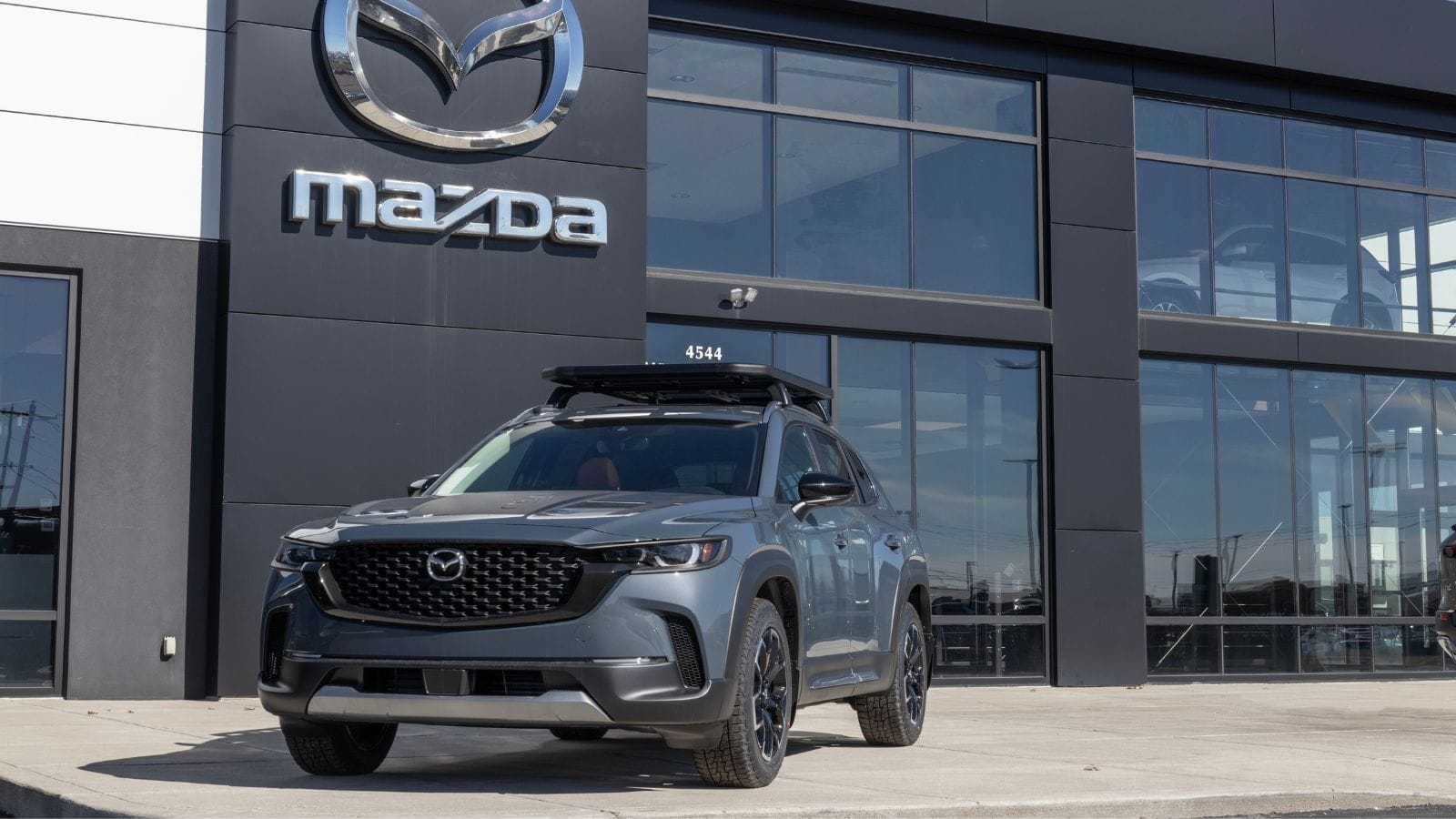
Mazda has marketed itself as affordable luxury, but with that comes a steeper price tag. The CX-5 and Mazda3 have increased $2,000–$3,500, depending on configuration. Additions like larger infotainment screens and advanced driver aids sound great, but they’ve become mandatory even in lower trims. And, while Mazda’s brand remains trusted, the gap between perceived value and actual cost is widening. Buyers in Canada are effectively subsidizing rising expenses across the automotive industry, even as Mazda maintains its reputation for thoughtful refinement.
Hyundai: Quietly Creeping Up
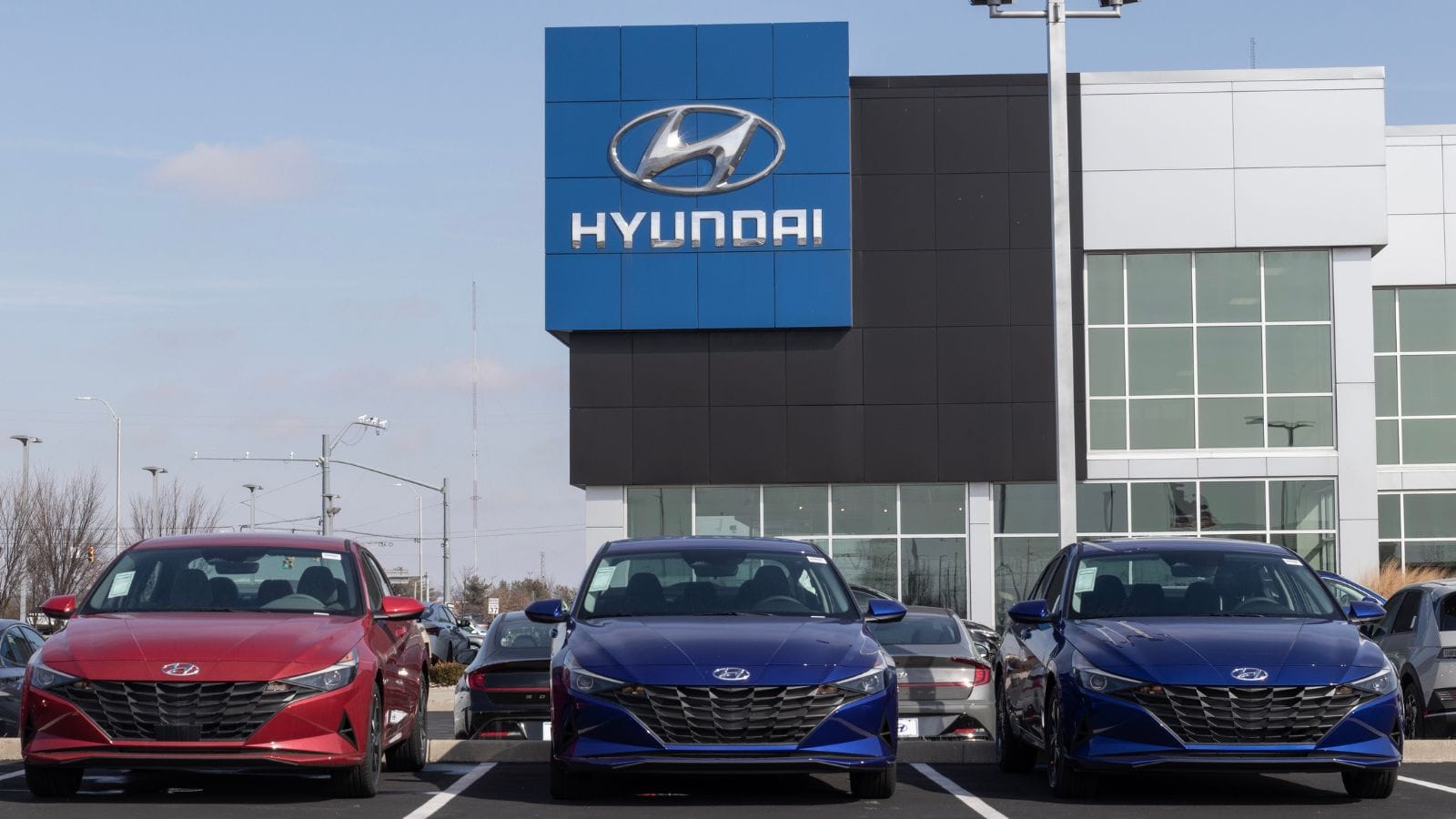
Once the go-to for budget-conscious Canadians, Hyundai is now charging a premium for tech-packed models. Earlier this spring, Hyundai warned its U.S. dealers that a proposed 25% tariff on Canadian and Mexican imports could add up to $ 6,000 to vehicle prices, potentially prompting similar adjustments in Canada. Hyundai has pointed to market dynamics, supply shifts, and regulatory costs as rationale, framing the increase as part of its “regular annual pricing review”. However, the timing—just as tariff discussions intensify—suggests that Hyundai is pre-emptively safeguarding its margins while quietly passing costs on to consumers.
Kia: No Longer the Underdog Bargain
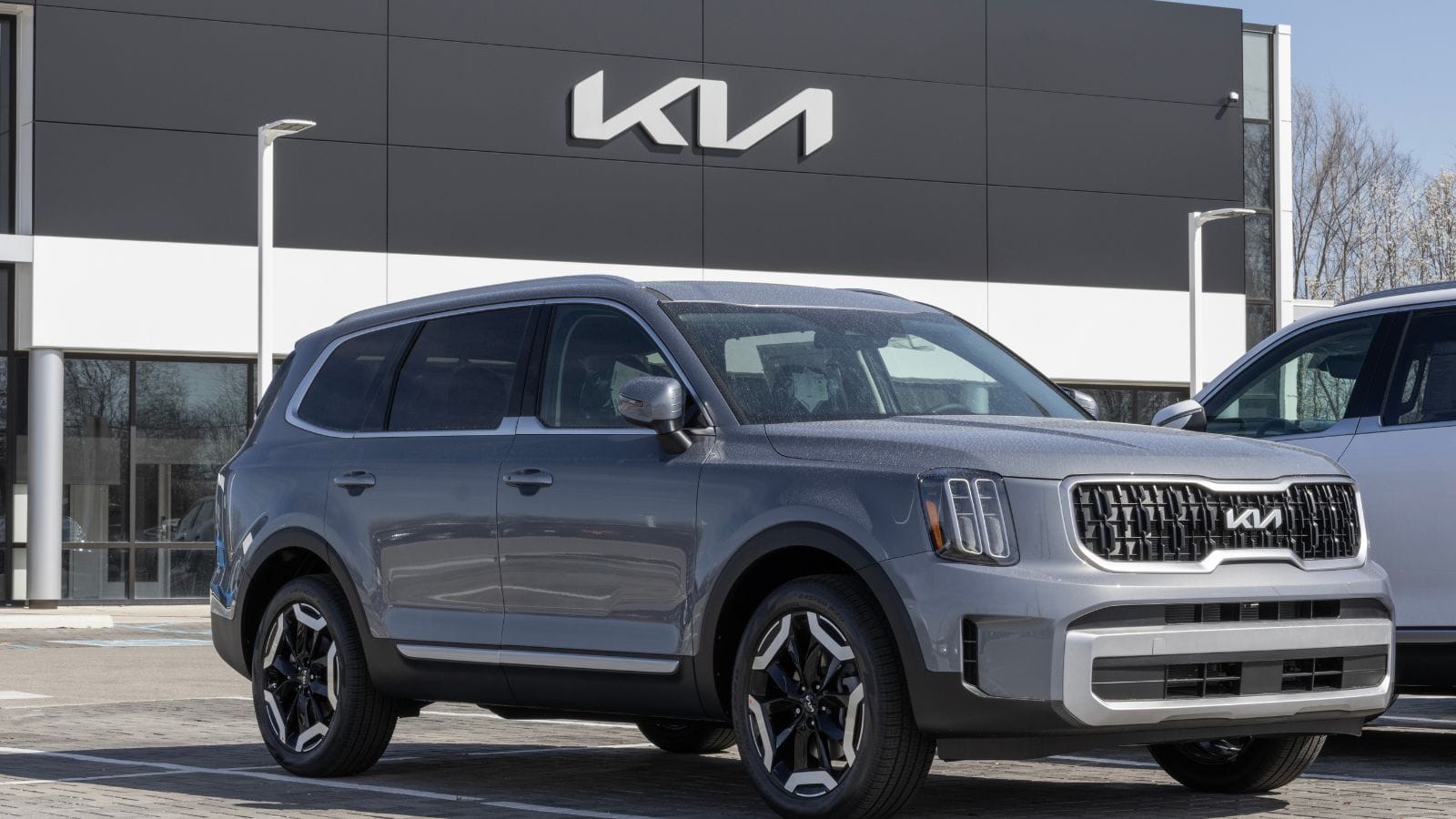
Like Hyundai, Kia is embracing a more upscale image. However, that image comes with price increases of over $2,000 on key models, such as the Sportage and Forte. After Canada’s average new vehicle transaction price surged at a rate well above inflation, Kia has adjusted MSRPs accordingly. On models like the 2025 EV6, owners report increases of up to CAD 1,700–2,200 on top of the previous pricing. With longer waitlists and slimmer rebates, Canadian buyers are feeling the squeeze. Plus, despite setting record sales—over 10,000 units in May alone—Kia Canada appears to view these price adjustments as a sustainable strategy amid rising material costs and looming tariff uncertainties.
Nissan: Incentives Dry Up, Prices Rise
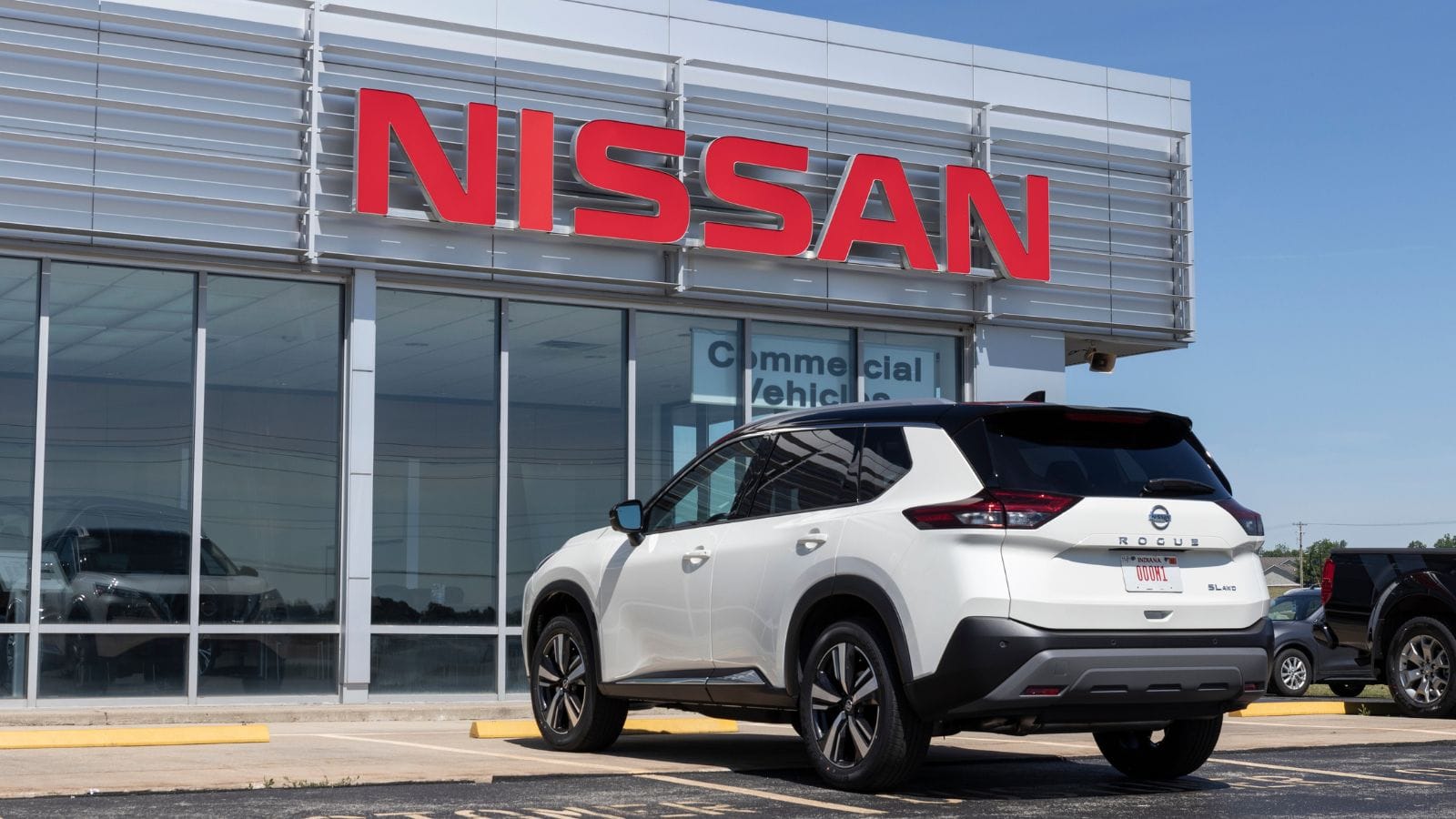
Nissan hasn’t dramatically increased MSRPs, but the lack of cash incentives and shrinking dealer discounts make the effective price higher. As of July, cash rebates on the Rogue vanished—Unhaggle reports zero-dollar incentives for all trims through July 31, whereas in June, rebates were as high as several hundred dollars. Simultaneously, Nissan withdrew several legacy dealer incentives, phasing out programs such as Quality Growth and the Retail Development Fund in May to support its new “Nissan One” structure, effectively reducing dealer flexibility in pricing. Meanwhile, finance and lease offers remain modest, with 0% APR available on select models, including the 2025 Rogue, Sentra, and Kicks, only through July 31.
Volkswagen: Euro Pricing in a Tariff World

Volkswagen models, such as the Tiguan and Golf, are now noticeably more expensive in Canada. Globally, U.S. tariffs have eroded profit margins across VW’s premium brands, with second-quarter luxury‑car sales dropping nearly 8 % as tariffs bite. VW’s CFO now anticipates margin pressure toward the lower end of its forecast range, citing trade turmoil and rising EV costs. Operating with surgical precision, VW limits increases to affected models rather than enacting blanket hikes—a strategy that preserves core pricing while safeguarding margins under persistent tariff uncertainty.
BMW: Luxury Keeps Stretching
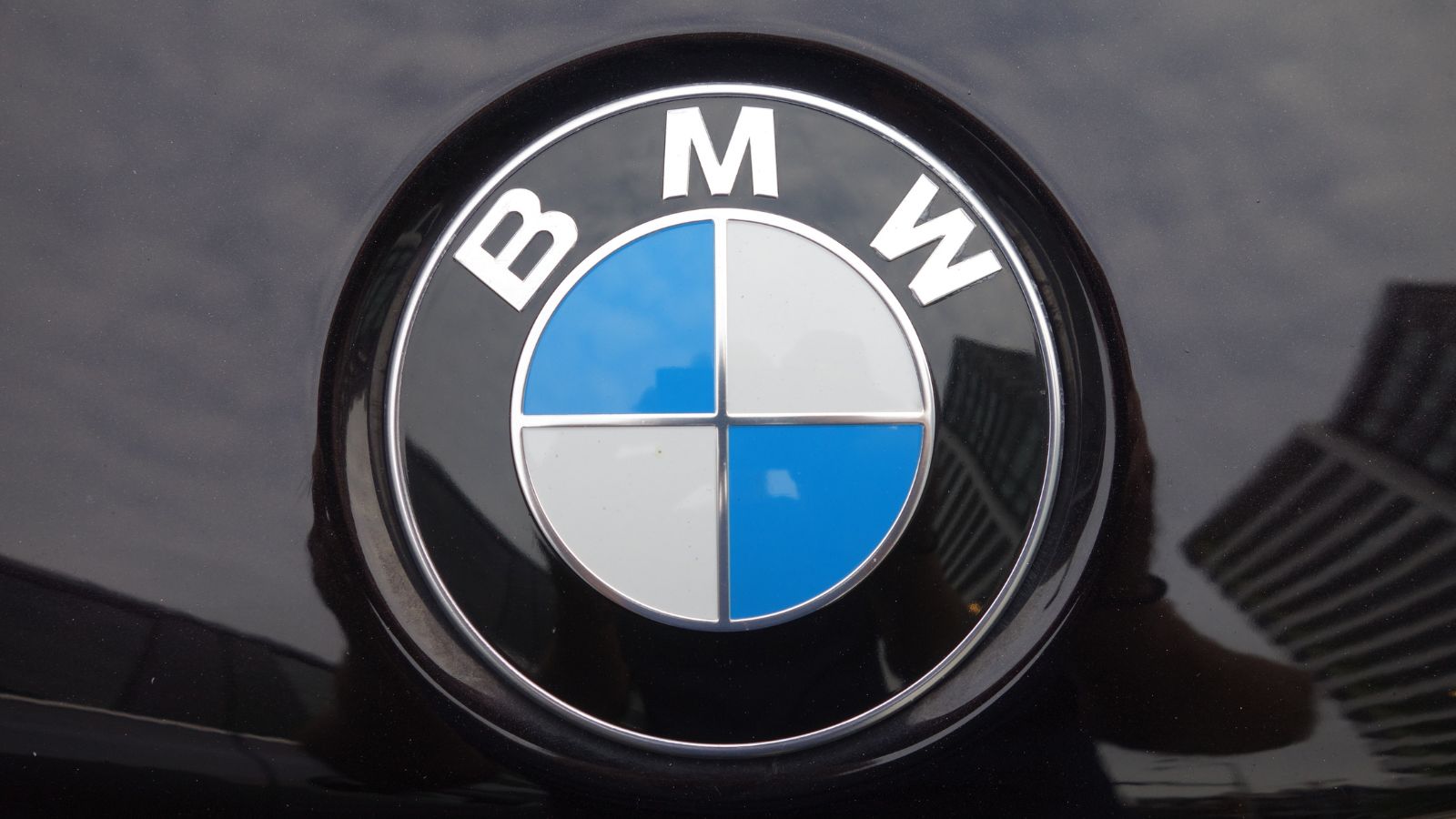
Luxury automakers always charge a premium, but BMW is inching it higher. Entry models like the X1 and 3 Series have increased in price by $4,000–$6,000 since 2022. These stealthy MSRP increases coincide with evolving U.S.–Canada trade dynamics and retaliatory counter-tariffs on U.S.-built vehicles, which elevate landed costs for models like the XM and X-series SUVs, potentially adding thousands to the final sticker price. Also, despite stable quarterly sales—BMW Group Canada reported a 7.3% year-over-year gain in Q2 2025—customers are seeing tightening margins as BMW leverages its brand strength to offset rising costs.
Mercedes-Benz: Tech Bundles Take a Toll
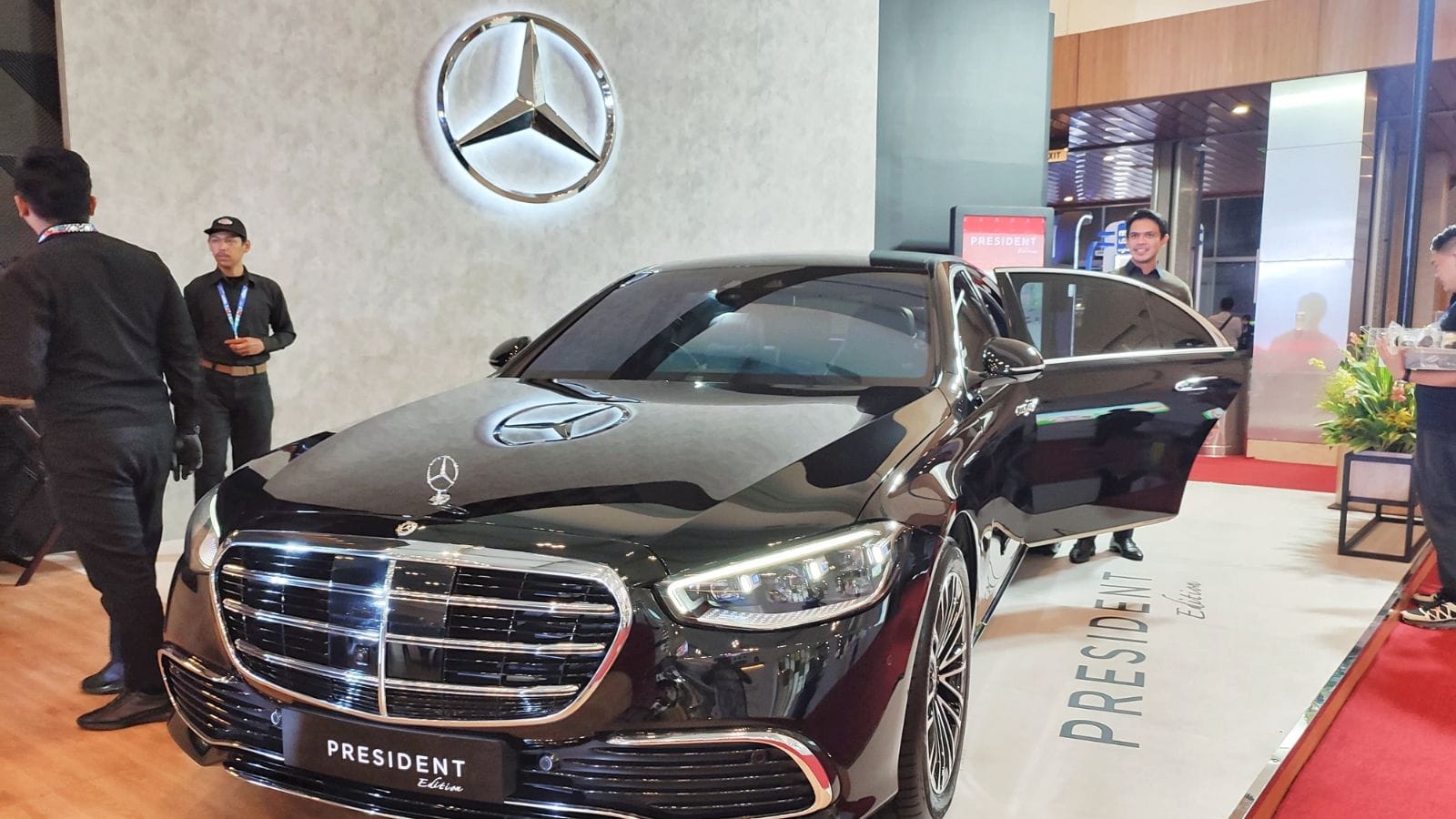
Mercedes-Benz Canada has quietly raised prices across its vehicle lineup by reshaping many “tech bundles” into mandatory options rather than optional extras. Dealers report that essential safety features, such as upgraded navigation, digital cockpit, and driver-assist systems, are now grouped into increasingly pricey packs, with a stealthy premium reflected in sticker prices. Also, a Mercedes‑Canada statement confirms that “functional features that are frequently ordered together are now bundled into equipment packages based on actual buyer behavior”.
Audi: Inflation Meets Feature Inflation
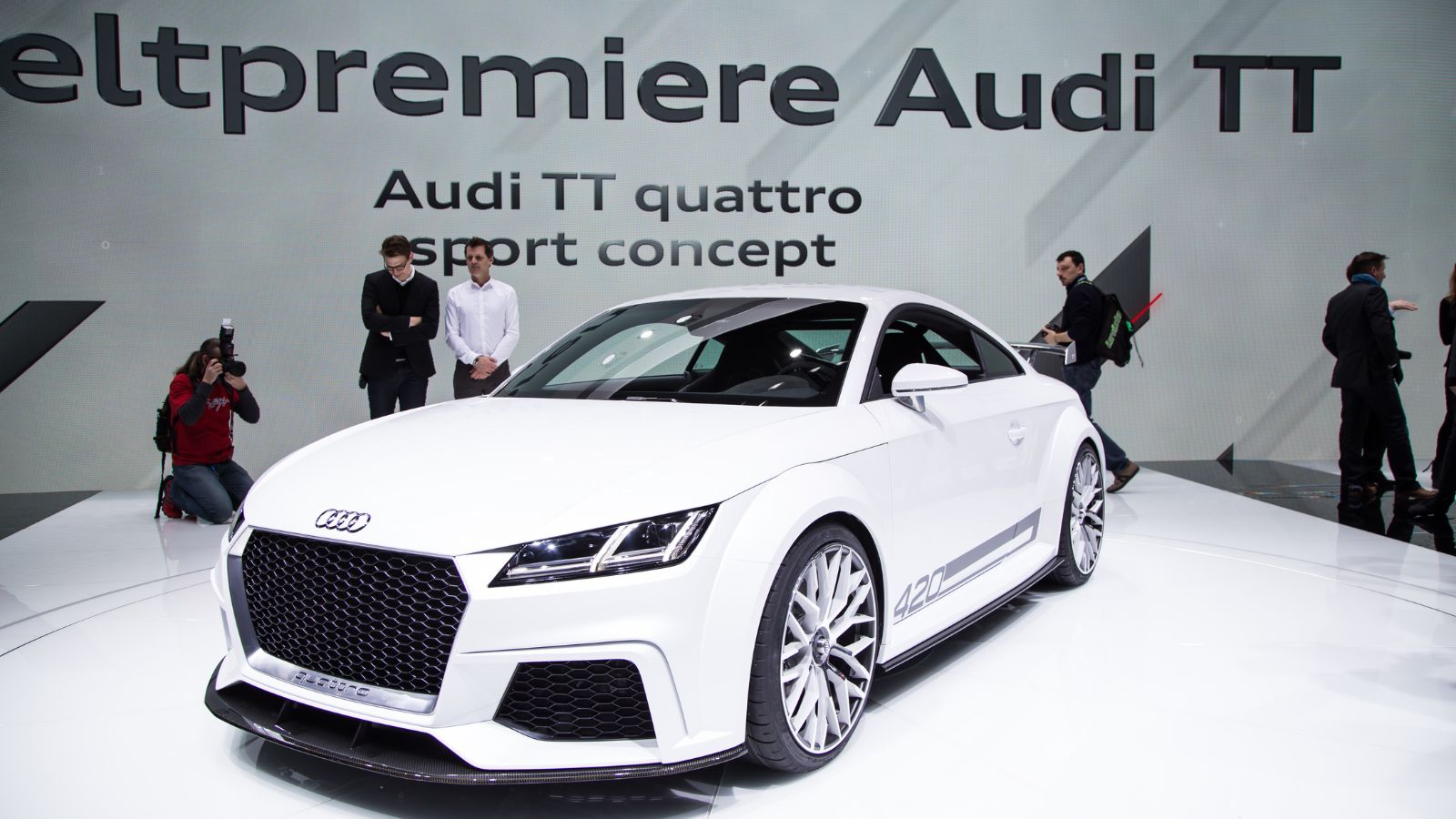
Audi’s price hikes are partially masked by “enhanced standard features.” The Q3 and A4 now include more tech, but these enhancements justify a $3,000–$5,000 price increase in 2025. Even subscription services for in-car tech are becoming routine. Additionally, Audi is considering passing U.S. import tariff costs on to consumers through higher prices, even as it evaluates options such as North American production. The result? Buyers in Canada are quietly paying more for both the car and its bundled technology, raising concerns that “feature inflation” may be disguised as routine price hikes, eroding transparency in luxury vehicle pricing.
Lexus: Prestige with a Price
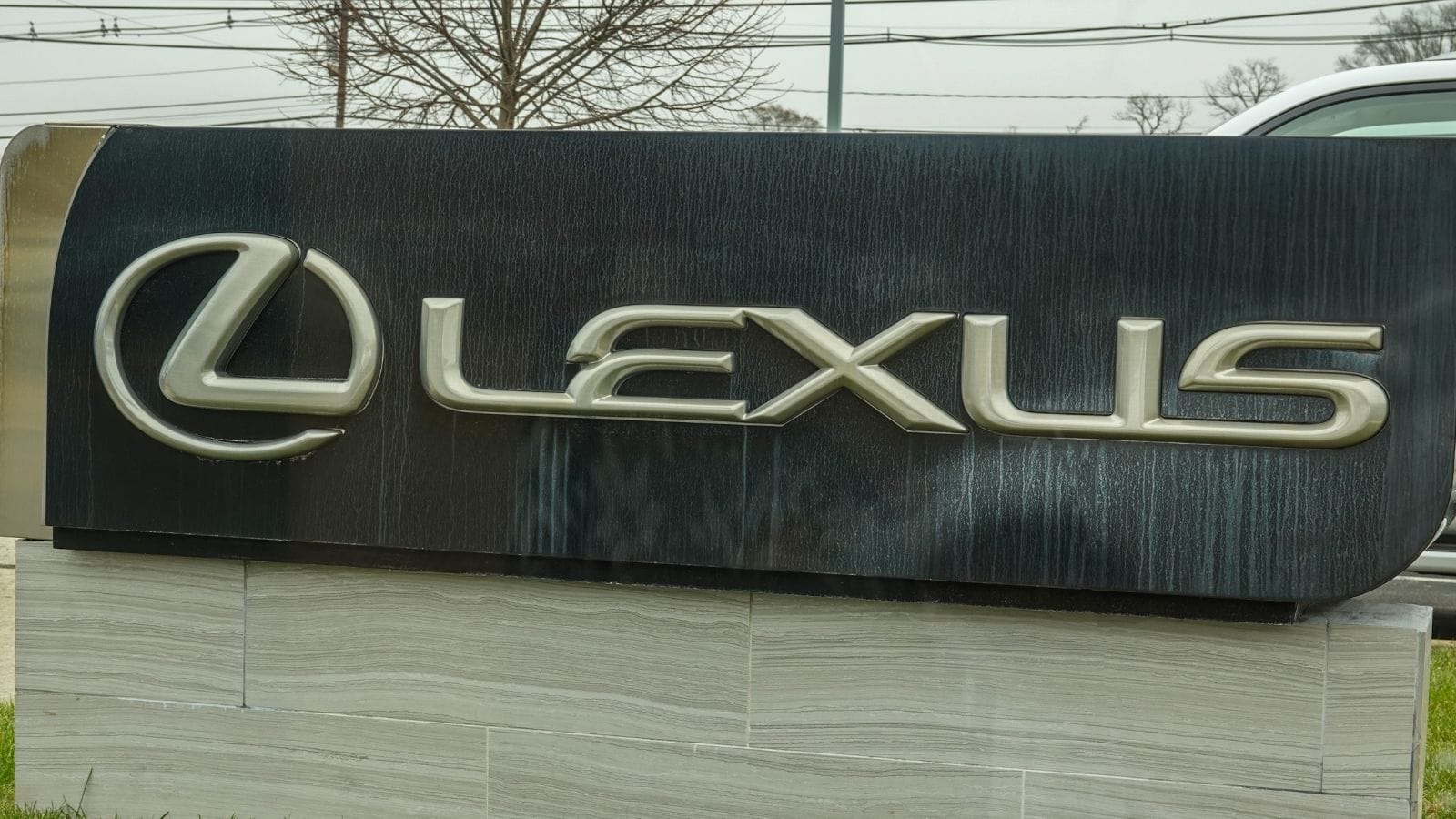
Lexus, Toyota’s upscale sibling, has been quietly adding thousands to RX and NX trims. In July 2025, Lexus Canada implemented modest increases—averaging an additional $208 per model—on select vehicles, aligning with parent company Toyota’s average bump of $270 for its lines in a regular price review. The move isn’t tariff-driven; Toyota insists that this is a standard pricing update, rather than a reaction to the recent 25% auto-import tariffs imposed by Canada or Mexico. Nevertheless, dealers are vigilant: any vehicles not already in stock before tariff rulings may face added costs tied to cross-border parts fees.
Jeep: Off-Road, Off-Budget
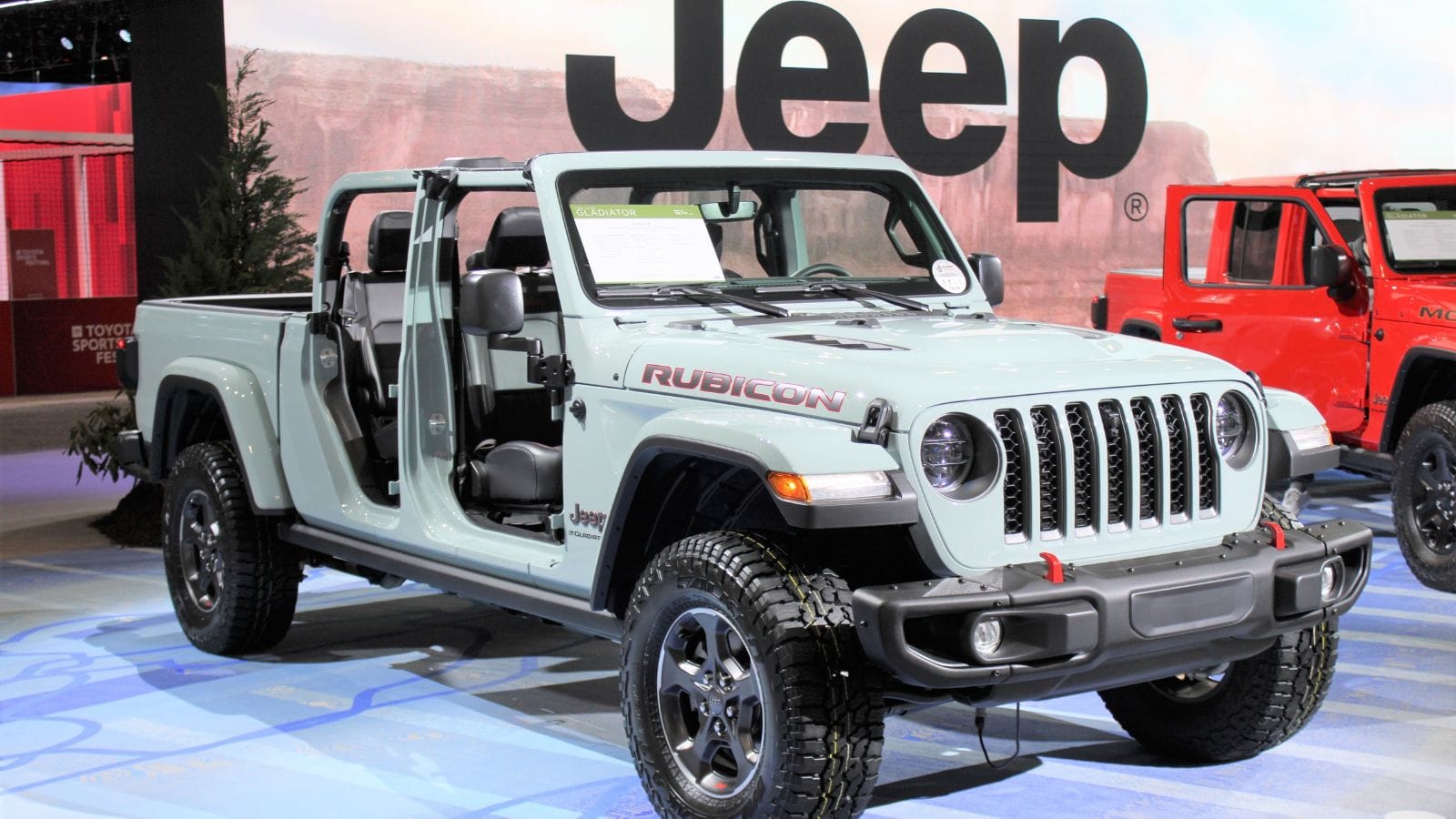
The Wrangler and Grand Cherokee have become status symbols, but Canadian pricing now reflects that. While the 2025 Jeep Compass Sport now starts at a more approachable CAD 34,995 (down nearly CAD 6,000 from 2024), mid‑ and top‑tier trims have seen notable hikes: the Trailhawk is now CAD 48,995, up approximately CAD 980, and the Limited is up CAD 80. In essence, Jeep is positioning its base Compass trim competitively, but quietly shifting higher trims upward, resulting in “off-road” credentials at full price, yet leaving Canadian buyers footing steeper bills.
GMC: Luxury Truck Inflation
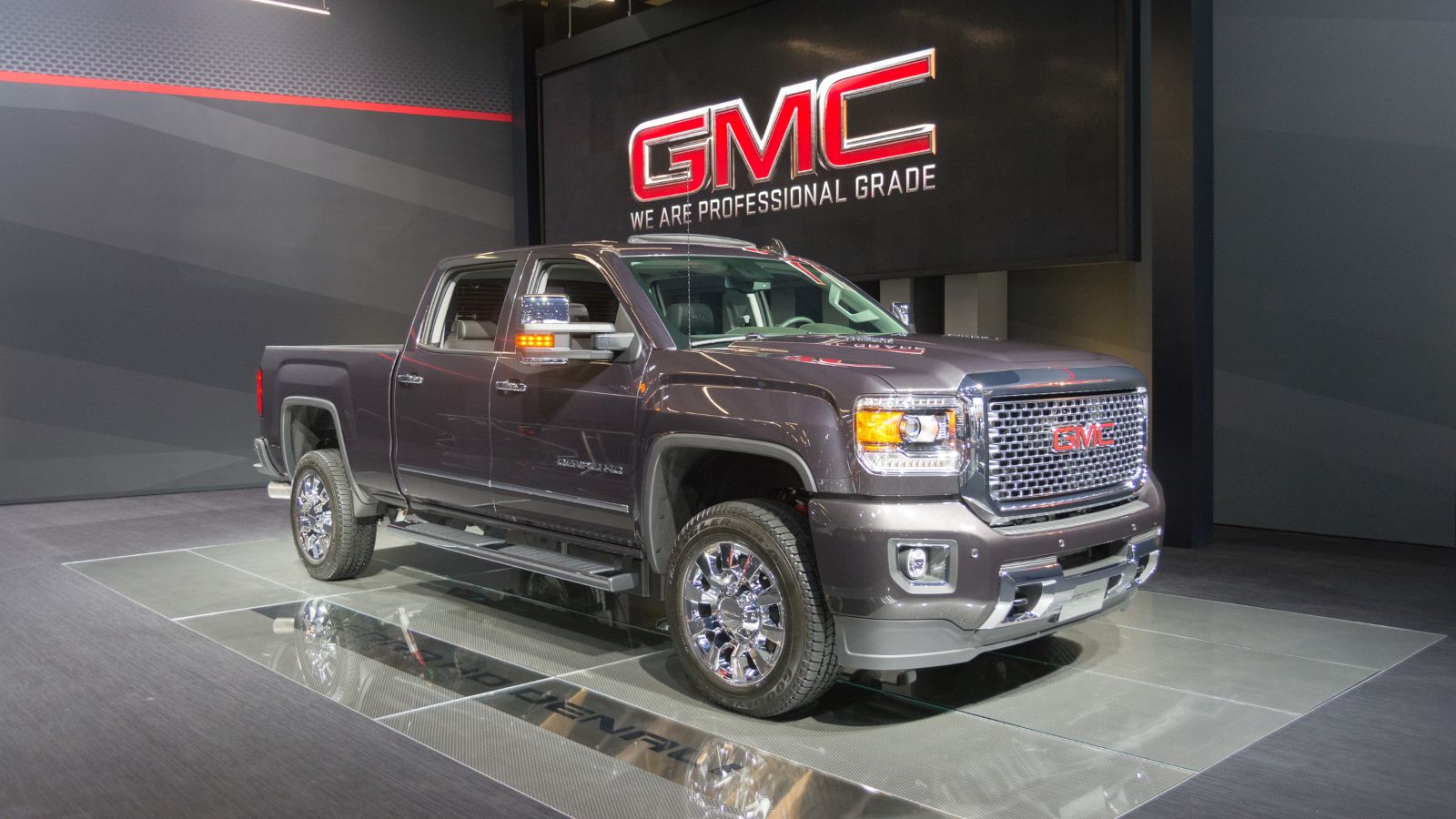
The Sierra and Terrain are getting a quiet premium makeover, with prices to match. Canadian Sierra buyers report paying $4,000 more in 2025 than in 2023, even when discounts are factored in. Since many GMC trucks and SUVs rely on cross-border components, each border crossing can incur added fees that ultimately inflate the retail price. Analysts estimate this could translate to sticker-price hikes ranging from several thousand dollars to as much as 25% on some models. Even domestically assembled midsize offerings, such as the GMC Canyon—whose 25% Mexican-sourced parts still factor into tariffs—have seen price adjustments.
Ram: Muscle Trucks, Hefty Tags
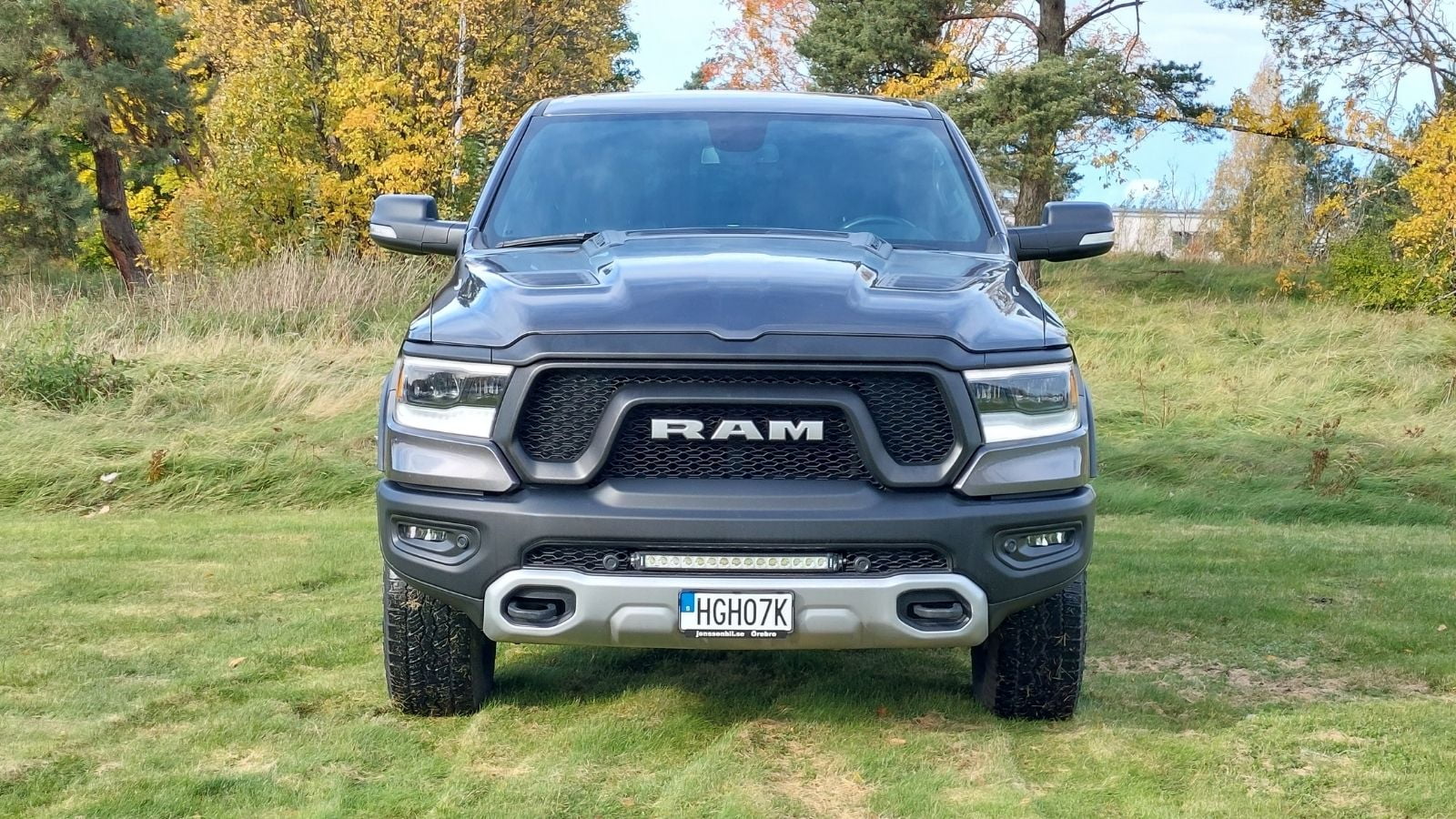
Ram trucks are beloved across the Prairies, but buyers are feeling the pinch. While Ram Canada cut prices on its 2025 Ram 1500 lineup by approximately $4,000 last October, that move followed a steady climb in the months leading up to—and outside of— that model year drop, and prices have resumed an upward trajectory. In particular, Ram Heavy Duty and performance-oriented variants haven’t seen similar reductions, keeping “hefty tags” on dealer lots. Not to mention, the 1500 now starts thousands higher than it did two years ago, with prices climbing further due to mandatory off-road or luxury packages.
Volvo: Swedish Style, Premium Pricing

Volvo’s safety-forward image still resonates with Canadians, but 2025 pricing puts many XC models out of reach for budget buyers. Bundled options and safety tech have helped raise prices by 6–8% since 2022. Still, with Canadian consumers observing a CAD–USD differential and no corresponding tariff relief, Volvo continues to uphold its “Swedish style, premium pricing” by quietly boosting MSRP in line with its upscale positioning and supply-driven strategy.
Acura: Sporty But Costlier
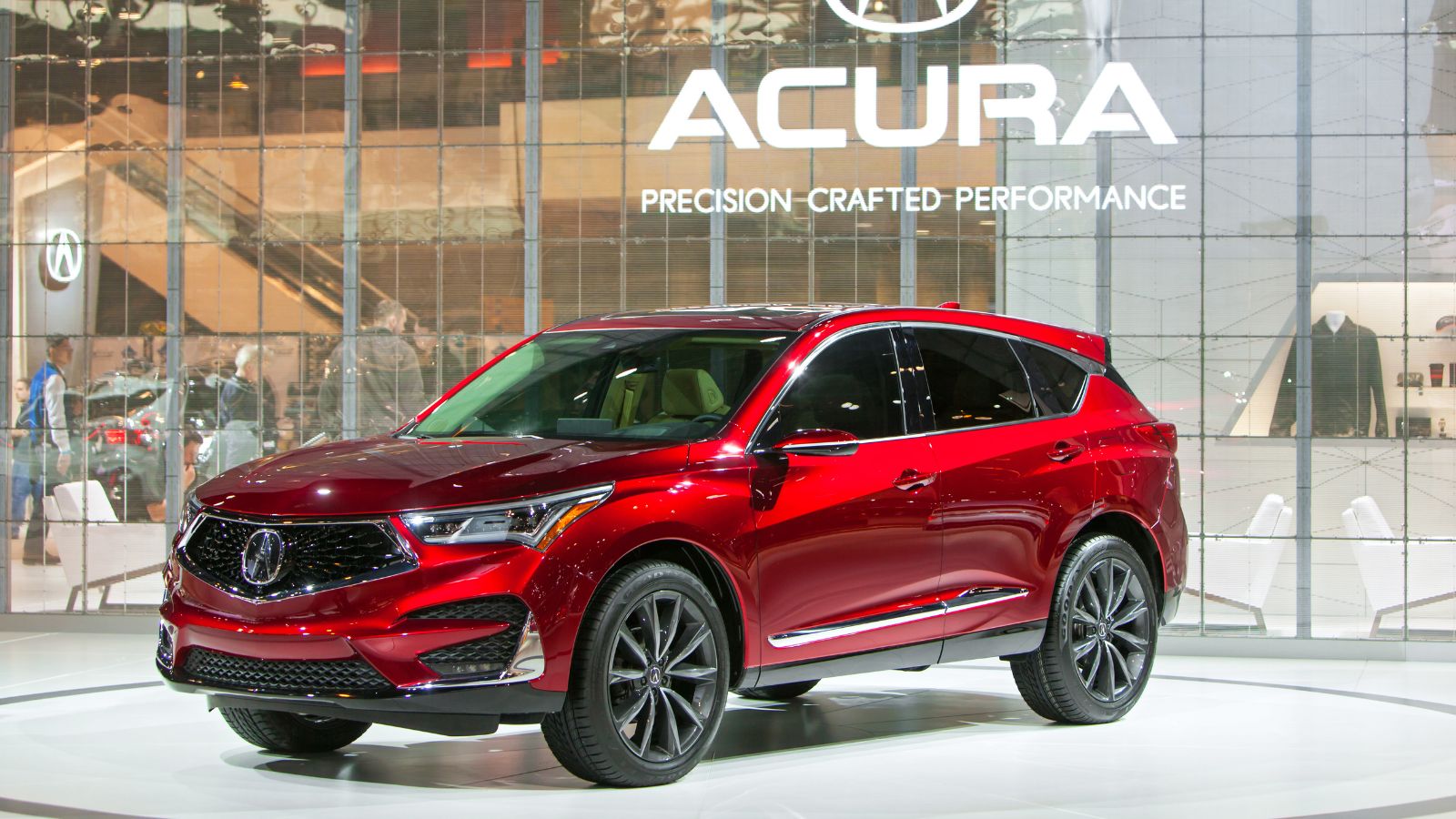
Acura’s recent design renaissance also means higher prices. The RDX and Integra have seen modest MSRP hikes, but buyers note that comparable builds now cost $3,500 more than they did two years ago. Additionally, the recently released 2025 ADX subcompact, intended as an entry into the Acura SUV family, starts with a base MSRP of CA$36,350—higher than the outgoing 2019 RDX, highlighting a broader trend of inflation-driven pricing within the brand. Even leasing deals aren’t as generous.
Genesis: The Premium Climb
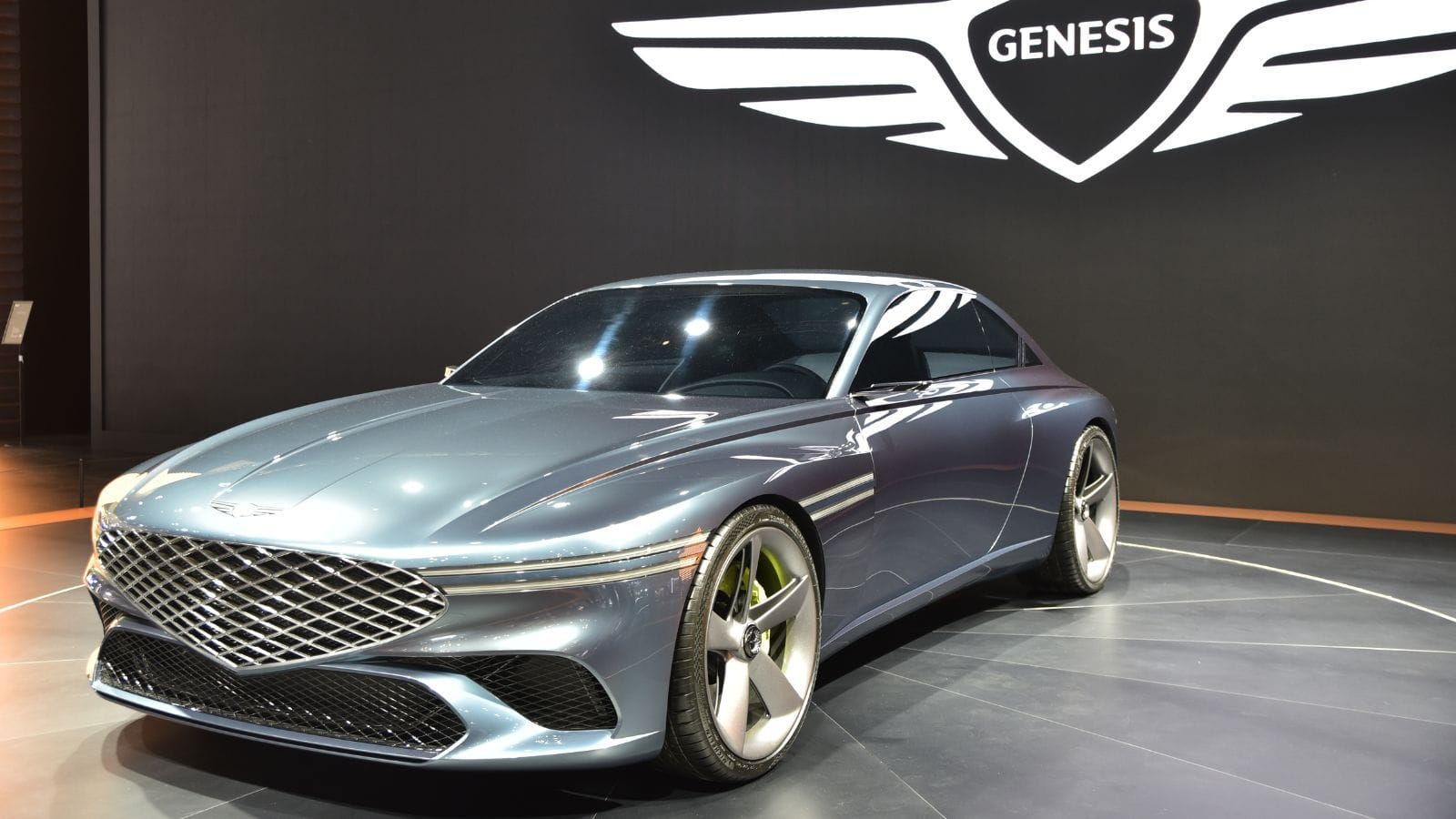
Hyundai’s luxury brand Genesis was once a steal—but no more. The GV70 and G80 now align with established luxury marques in pricing. Meanwhile, the 2025 GV80 Canadian lineup remains robust, starting at CA$75,000 and topping out at CA$95,500—though buyers report steadily rising premiums at the dealer level. Genesis continues to promote transparent, all-inclusive pricing and added-care packages across Canada; however, these are now layered atop a trend of stealthier price adjustments, reflecting cost pressures that are being quietly passed from manufacturer to consumer.
Tesla: Quiet, But Costly Revisions
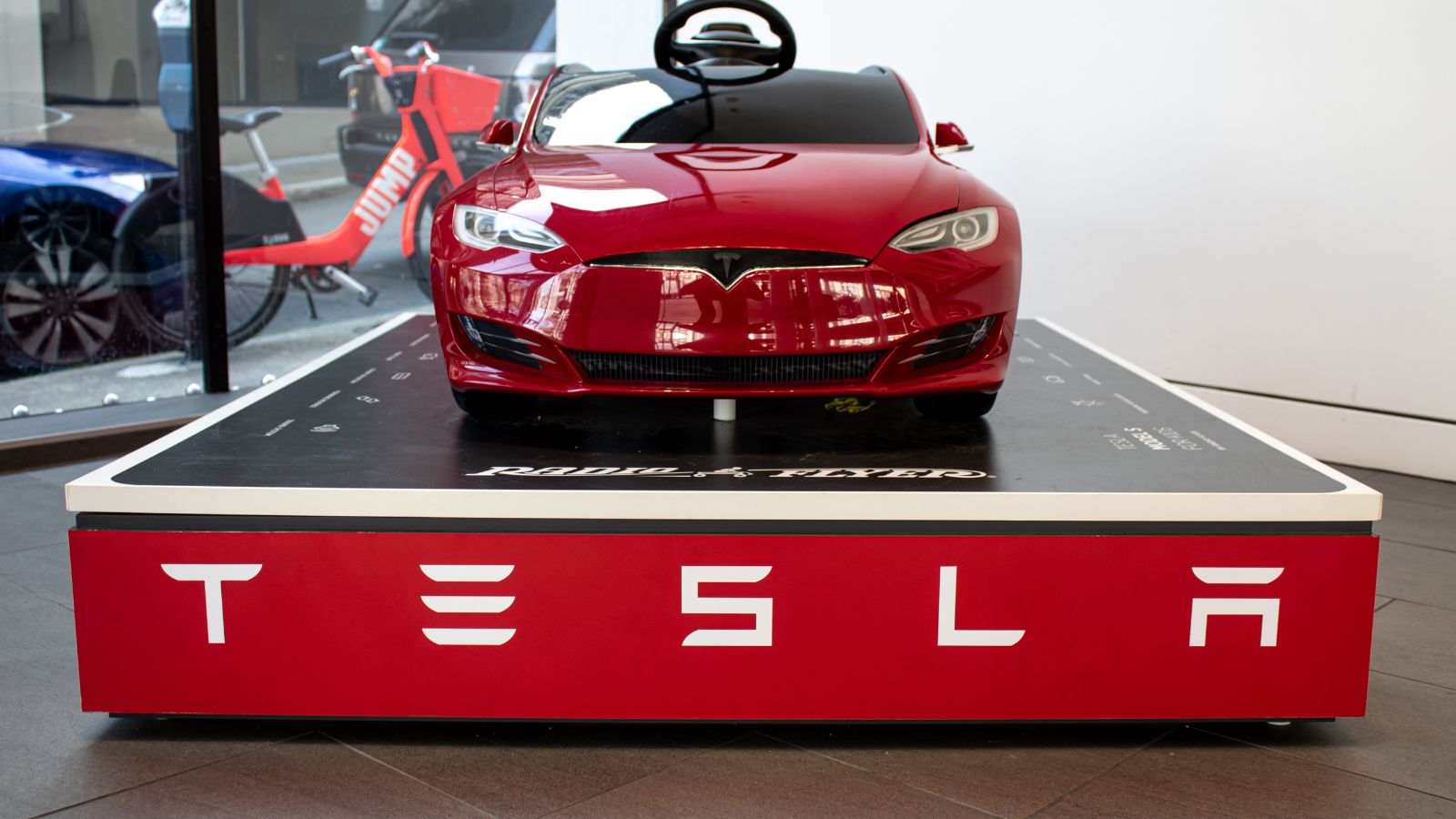
Tesla often adjusts prices in real-time online, but the overall trend in Canada has been upward. Tesla has quietly implemented broad price increases across its Canadian inventory, with adjustments of up to CA$9,000, affecting nearly every model except the Cybertruck, beginning February 1, 2025, as noted on its Canadian web configurator. These hikes coincided with the expiration of the federal EV rebate (iZEV), provincial incentives, and looming U.S.–Canada tariff tensions. The automaker also urged buyers to seize “pre-tariff‑priced inventory while supplies last,” signaling that once older stock sells out, new orders will be priced up to 22 % higher. And don’t forget software subscriptions.
21 Products Canadians Should Stockpile Before Tariffs Hit

If trade tensions escalate between Canada and the U.S., everyday essentials can suddenly disappear or skyrocket in price. Products like pantry basics and tech must-haves that depend on are deeply tied to cross-border supply chains and are likely to face various kinds of disruptions
21 Products Canadians Should Stockpile Before Tariffs Hit
